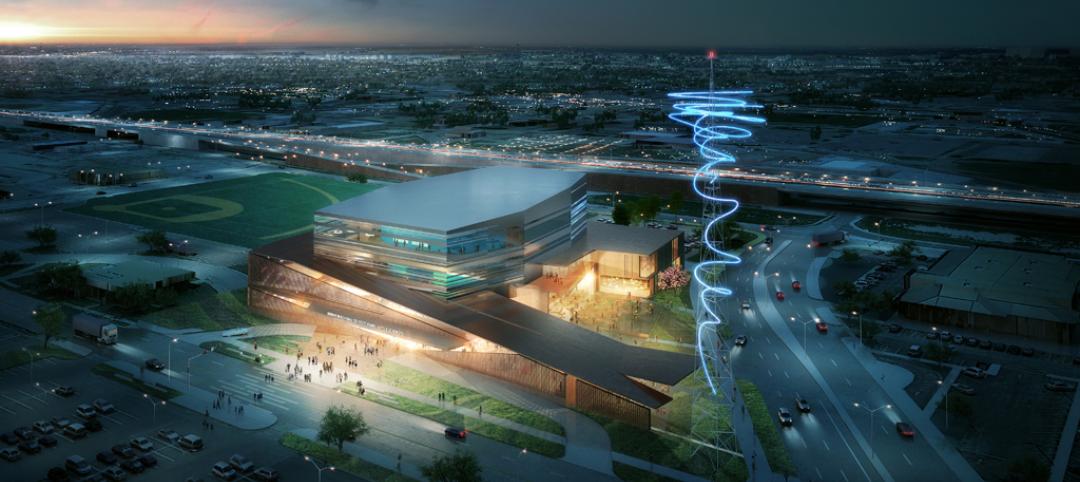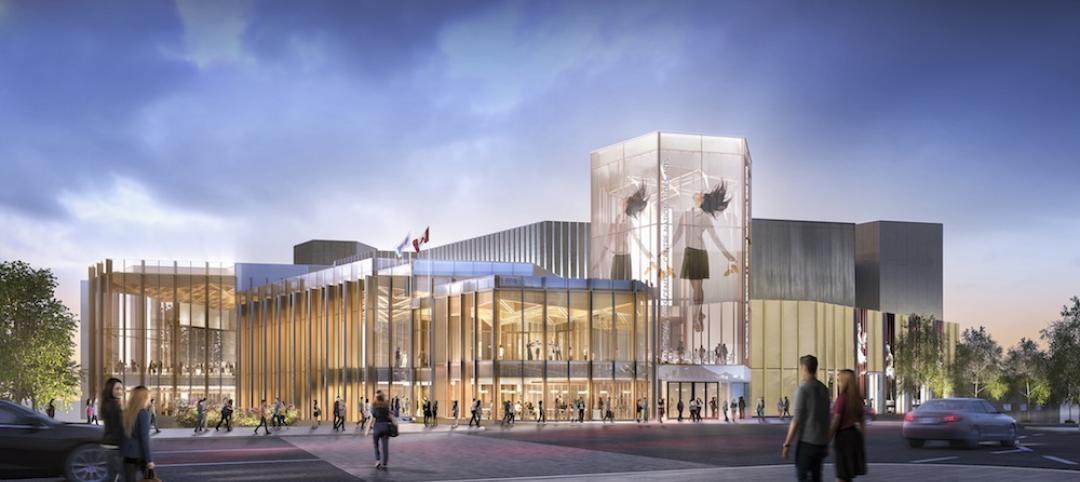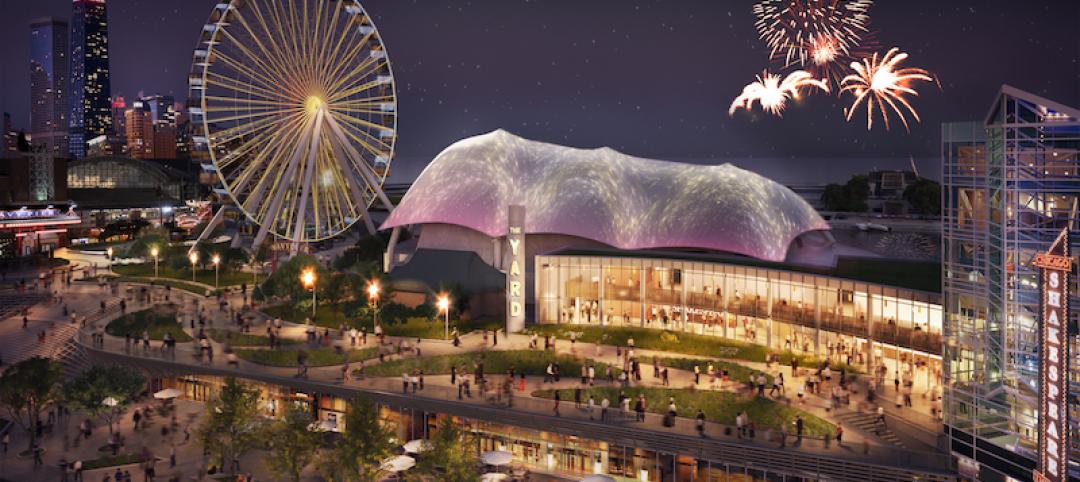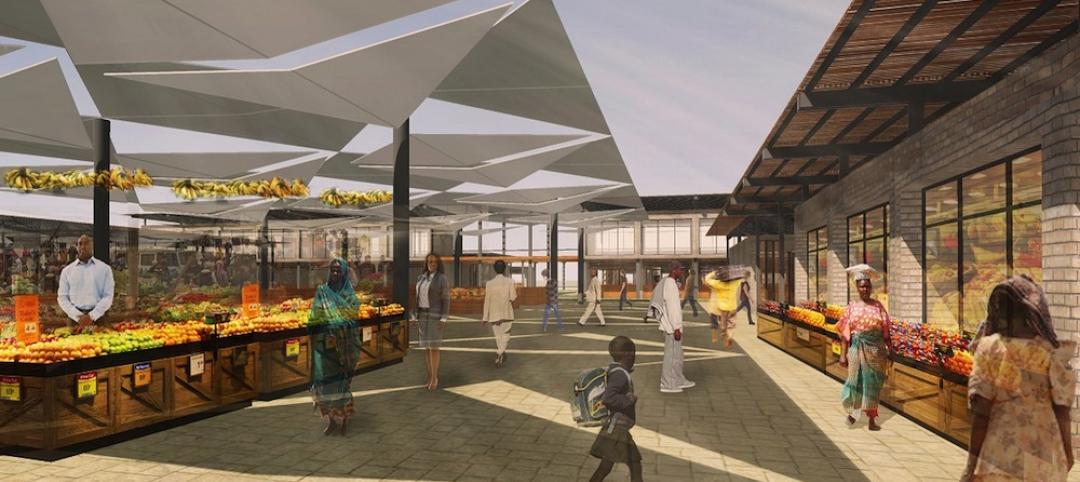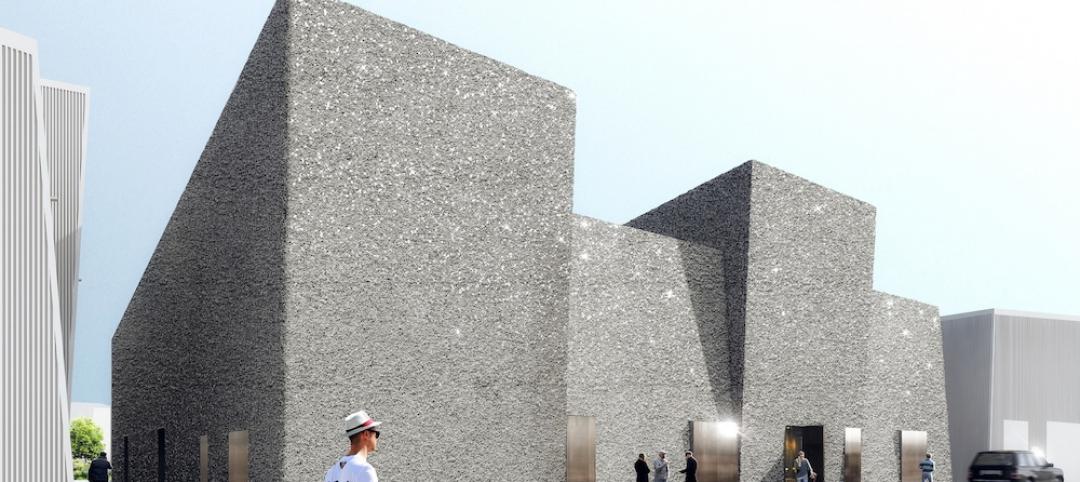A recent story in the Birmingham (Ala.) Business Journal reported that so many local nonprofit organizations are competing for private capital to fund their building projects that there might not be enough money to go around. Among those projects is a new $25 million, 4.1-acre headquarters campus for the Salvation Army. Phase 1 of that construction—which includes a renovation of a former elementary school—is being funded by a campaign that raised more than $15 million, including $1 million pledged by Jim Gorrie, CEO of Brasfield & Gorrie, the GC on this project.
Birmingham is among the metros reaping the benefits of a spurt in nonprofit building. A recent article posted on the website of The NonProfit Times singles out several major capital campaigns to finance new construction of museums, hospitals, theaters, and other venues, at a time when contributions from local, state, and federal governments, while still essential to many organizations’ building strategies, aren’t as certain or steady as they once might have been.
Leading this charge has been The Smithsonian, which in October 2014 launched its first-ever fundraising campaign, with a goal of raising $1.5 billion, the largest ever for any cultural institution. (About $1 billion had been pledged even before the campaign officially got rolling.)
A portion of the $540 million 400,000-sf National Museum of African-American History and Culture, which opened in September, was financed by private donations. Most of the Smithsonian’s exhibits and programs are privately funded. And about 40% of the institution’s salaries and maintenance are defrayed by donors, compared to 30% prior to its initiating the fundraising campaign.
The NonProfitTimes also points to the American Museum of Natural History in New York, which has offset a decline in income from investments by contributions that rose to $160 million in 2015, from $78 million the previous year, mostly from a handful of major donations.
This museum is currently adding to its Rose Center for Earth and Space with a $325 million, six-story, 218,000-sf Richard Gilder Center for Science, Education, and Innovation, scheduled for completion in 2019. The 84-year-old financier and philanthropist Richard Gilder contributed $50 million to this project, the largest single donation in the museum’s history.
New York City kicked in $15 million for this addition. The city is also playing a financing role in other cultural construction projects, such as the 57,500-sf “Ocean Wonders: Sharks!” exhibit in Coney Island. The city made a “major gift” to the Harlem Children’s Zone, which in 2015—the first year of its capital campaign—raised $193 million, versus $78 million in 2014.
The Task Force for Global Health, a nonprofit health organization in Decatur, Ga., is working with DeKalb County to acquire a six-story government building that would triple the square footage of this organization’s existing headquarters. The Task Force will soon launch a $15 million capital campaign to pay for the $12 million purchase and renovating the building.
Related Stories
Performing Arts Centers | May 4, 2016
Diamond Schmitt unveils designs for Buddy Holly Hall performing arts center
The spacious and versatile complex can hold operas, plays, rock concerts, and conferences.
Cultural Facilities | May 4, 2016
World’s largest cultural center planned for Dubai
The Opera District will have a 2,000-seat theater and three residential complexes.
Cultural Facilities | Apr 28, 2016
Studio Dror designs geodesic dome to pair with the Montreal Biosphère
The aluminum dome, which honors the 50th anniversary of Expo 67, can host events year-round.
Cultural Facilities | Apr 25, 2016
Two milestones recognized as Diamond Schmitt designs upgrades to the National Arts Centre in Ottawa
Renovations, including a new tower, stage, and lounge, will be completed in 2017, the year of Canada’s 150th and the center’s 50th birthday.
Cultural Facilities | Apr 12, 2016
Studio Libeskind designs angular Kurdish museum rich with symbolism
The museum consists of four geometric volumes separated by somber and uplifting divisions.
Performing Arts Centers | Apr 1, 2016
Adrian Smith + Gordon Gill Architecture’s The Yard at Chicago Shakespeare to begin construction this spring at Navy Pier
Among the unique design features is a movable set of structural audience “towers” that allows for directors and designers to create a space that works best for their specific performances.
Sports and Recreational Facilities | Mar 31, 2016
An extreme sports tower for climbing and BASE jumping is proposed for Dubai’s waterfront
The design incorporates Everest-like base camps for different skill levels.
Cultural Facilities | Mar 21, 2016
PAB Architects designs marketplace to centralize Senegal street vending
The Senegal City Market project consists of groups of store modules and is expected to expand to 13 cities.
Cultural Facilities | Mar 15, 2016
OMA’s first UAE project transforms warehouses into multi-purpose art district venue
Moveable walls will provide different spatial configurations for events and gatherings, and large glass doors will blur indoors and outdoors.
Cultural Facilities | Mar 8, 2016
The sexy side of universal design
What would it look like if achieving universal accessibility was an inspiring point of departure for a project's design process? Sasaki's Gina Ford focuses on Marina Plaza and the Cove, two key features of her firm's Chicago Riverwalk development.



